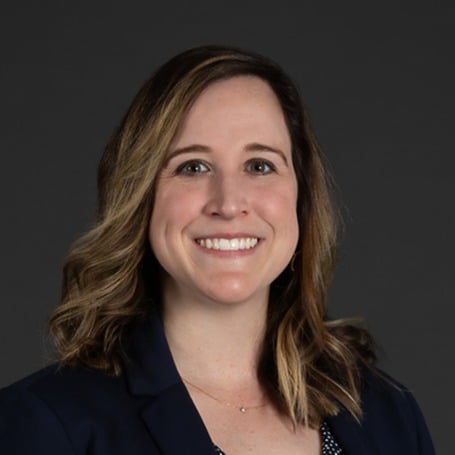News
KANSAS CITY, Missouri — With support from the U.S. Fish and Wildlife Service (USFWS), Burns & McDonnell is helping project owners across the country mitigate impacts to eagles through the newly created Eagle Protection and Offset Program (EPOP).
To assist project owners in complying with the Bald and Golden Eagle Protection Act, the EPOP provides a streamlined solution for compensatory mitigation required as a condition of Eagle Incidental Take Permits (EITPs). The EPOP offers 30-year offset credits by retrofitting power poles in high quality habitats that pose an electrocution risk to eagles.
“We are elated to be collaborating with industry and the U.S. Fish & Wildlife Service to support the conservation of eagles,” says Kari Soltau, ecologist and technical lead of the EPOP. “The EPOP provides another tool in the conservation toolbox that benefits eagle populations long-term and satisfies compensatory mitigation requirements.”
Historically, finding appropriate eagle mitigation has been difficult, resulting in permit delays that may affect both environmental compliance efforts and new project development. Now, the EPOP brings a uniform approach to implementing and satisfying EITP mitigation. Project owners pursuing an EITP work directly with the USFWS to identify the number of credits needed to offset potential take, while the EPOP provides pre-approved mitigation solutions. Early interest in the EPOP indicates project owners are drawn to it because it provides ease of use credits, applicability nationwide and reduces layers of oversight.
“We have a wealth of experience providing streamlined and cost-effective mitigation solutions, and while working with multiple clients, we recognized the need for a simplified offset program that could be implemented across the country,” says Paul Sherman, national mitigation bank acquisition and planning lead for Burns & McDonnell. “The EPOP offers net benefits for all involved. It’s a great opportunity for eagle conservation, it increases the reliability of energy services, and makes the permitting process less confusing for project owners, allowing them to focus on their ordinary course of business.”
During the permit process, the environmental team at Burns & McDonnell works with project owners to review their project footprint, identify potential impacts and determine offset credits. Once an EITP is issued, the project’s power pole retrofit obligation transfers to the EPOP team, who work closely with utility partners to facilitate infrastructure retrofits that fulfill the USFWS compensatory mitigation requirements.
“As the first infrastructure sponsor, we realize the EPOP is an important piece of the conservation puzzle,” says Mary Gail Sullivan, director, environmental & lands permitting & compliance at Northwestern Energy. “We’re honored to be included in an initiative that serves as a bridge between project owners, utilities and the USFWS.”
About Burns & McDonnell
Burns & McDonnell is a family of companies bringing together an unmatched team of 7,600 engineers, construction professionals, architects, planners, technologists and scientists to design and build our critical infrastructure. With an integrated construction and design mindset, we offer full-service capabilities with more than 60 offices, globally. Founded in 1898, Burns & McDonnell is a 100% employee-owned company. Learn how we are designed to build.
- Burns & McDonnell Logo
- Release - Burns & McDonnell Secures U.S. Fish and Wildlife Service Approval for National Eagle Protection and Offset Program
- Contact Photo - Paul Sherman, national mitigation bank and planning lead
- Contact Photo - Kari Soltau, ecologist and technical lead of the EPOP
- Services - Mitigation Banking
- Additional Information - Eagle Protection and Offset Program
- Corporate Profile

+1 (816) 349-6693 Get in touch
Burns & McDonnell